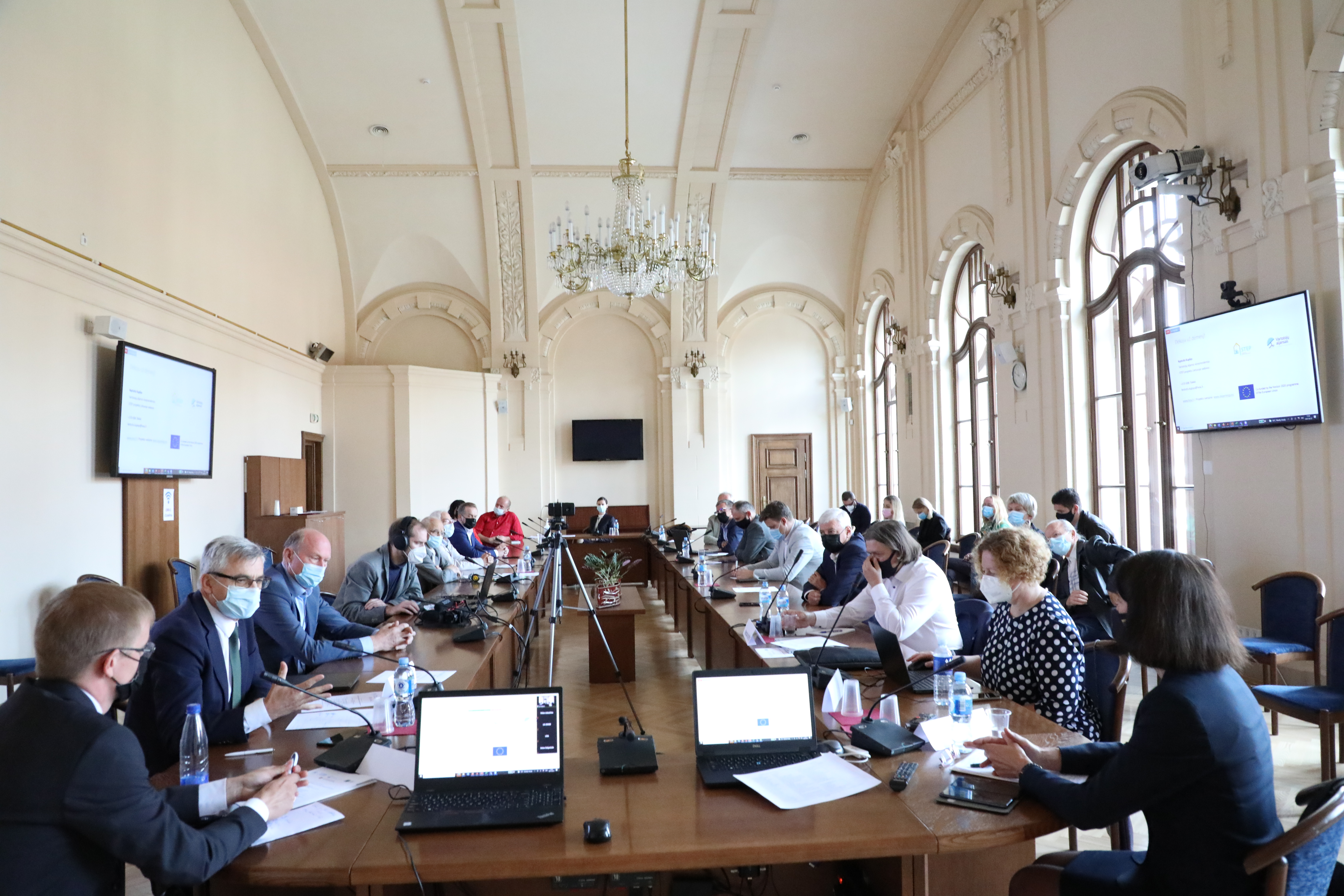The main goal of the Households in the Context of Energy Transition project was to create a system to assess energy poverty in Lithuania and evaluate state interventions in the field of household energy. This can then be used to shape the country’s policy and monitor energy poverty to create the basis for evidence-based household-oriented energy policy decisions. The analysis and targeted policy measures were aimed at reducing energy poverty and achieving the general energy goals set in the National Energy Independence Strategy through the rational use of limited resources.
This system was made to be suitable to be employed in national policy-making and energy poverty situation monitoring in Lithuania. It was based on detailed and regularly updated statistical surveys and enables policy simulations at the individual household level. Tools for energy poverty monitoring and policy analysis (ENSPA tools) created in the project ensured the practical applicability of the results. ENSPA tools allowed in-depth analysis of the energy poverty situation and the simulations of policy measures to evaluate their impact on various households, income distribution, and energy poverty level.
The project results included analysis of energy poverty indicators and energy policy measures oriented towards households, practical recommendations to improve energy poverty monitoring and policy formation. Identified issues with the indicators recommended by the European Energy Poverty Observatory were relevant not only for Lithuania but also for other countries.
ENSPA tools and the analysis performed in the project contributed to evidence-based energy policy decisions in the household sector.
The project was carried out at the national level and the implementation involved discussions with the local authorities. It represented a good example of an action implemented at "diagnosis" level that aimed to evaluate the state of energy poverty in Lithuania. It was a helpful step for countries that wish to improve to improve energy poverty monitoring and policy analysis.
With a budget of between 10,000 and 100,000 euros, the project defined two indicators for energy poverty in Lithuania. Potential challenges related to finding and collecting data and information. Energy poverty monitoring is a continuous process that requires the collection of detailed data about households and their energy consumption features.
Main beneficiaries: national and local authorities and policymakers.
-

-
 Countries impacted:
Countries impacted:
Lithuania -
 Geographical scale:
Geographical scale:
National -
 Energy poverty phase:
Energy poverty phase:
Diagnosis -
 Intervention type:
Intervention type:
CharacterisationPolicy SupportRegulationStakeholders' Engagement -
 Professionals involved:
Professionals involved:
Member of a local/national authorityResearcher -

-
 Type of funding:
Type of funding:
National funds from the Research Council of Lithuania -
SDGs addressed:




